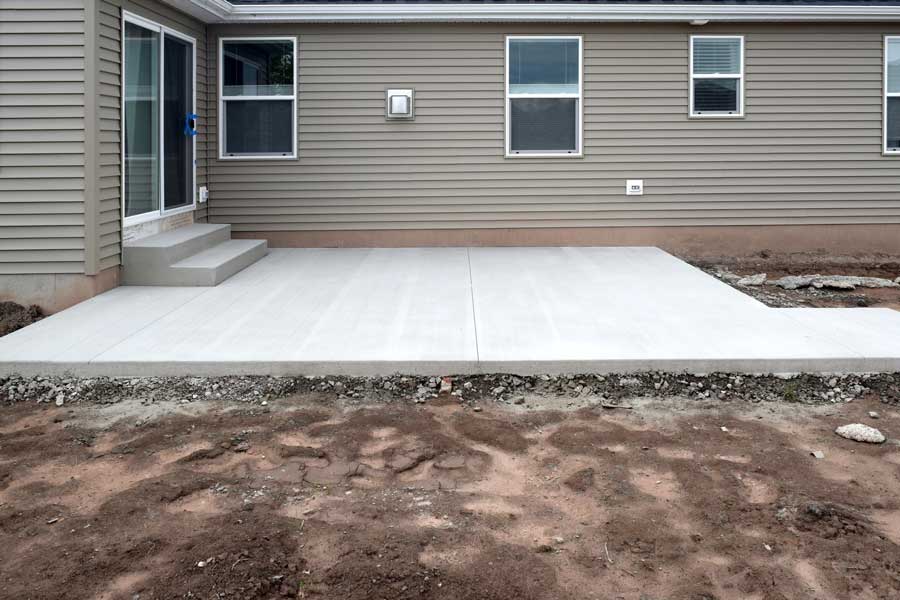In the bustling world of commerce and construction, where skyscrapers tower and shopping centers thrive, there lies a silent hero beneath the surface: the commercial foundation. Often overlooked yet undeniably crucial, commercial foundations are the unsung champions that bear the weight of our urban landscapes, providing the stability upon which our buildings stand tall and proud.
The Foundation of Stability
Commercial foundations are the sturdy underpinnings upon which commercial structures are erected. Serving as the interface between the building and the earth below, they ensure that the weight of the structure is evenly distributed and transferred safely to the ground, preventing settling, shifting, and structural failure.

Types of Commercial Foundations
There are various types of commercial foundations, each tailored to meet the specific needs and challenges of different construction projects:
- Slab-on-Grade Foundation: This type of foundation is a solid concrete slab poured directly onto the ground, offering a simple and cost-effective solution for low-rise commercial buildings like warehouses and retail spaces.
- Trench Foundation: Also known as strip foundations, trench foundations consist of continuous concrete strips along the perimeter of the building, providing support and stability in areas with soft or uneven soil.
- Pile Foundation: Pile foundations are used in areas with challenging soil conditions or high water tables. They consist of long, slender columns (piles) driven deep into the ground to support the structure above.
- Mat Foundation: Mat foundations, also called raft foundations, are large concrete slabs that spread the entire weight of the building over a wide area, ideal for structures with heavy loads or in areas prone to settlement.
Engineering Excellence and Precision
Designing and constructing commercial foundations require a delicate balance of engineering expertise, geological knowledge, and structural analysis. Engineers must carefully assess soil conditions, building loads, and environmental factors to determine the most suitable foundation type and ensure its stability and longevity.
Ensuring Strength and Durability
Commercial foundations are built to withstand the test of time, enduring the forces of nature and the wear and tear of daily use. Quality materials, proper construction techniques, and adherence to building codes and regulations are essential to ensuring the strength, durability, and safety of commercial foundations.
Conclusion
In the grand tapestry of construction, commercial foundations serve as the solid bedrock upon which our urban landscapes are built. They provide the stability, support, and resilience necessary for the towering structures that define our cities. Though often hidden from view, commercial foundations stand as testaments to human ingenuity and engineering prowess, ensuring that our built environment remains steadfast and secure for generations to come.
